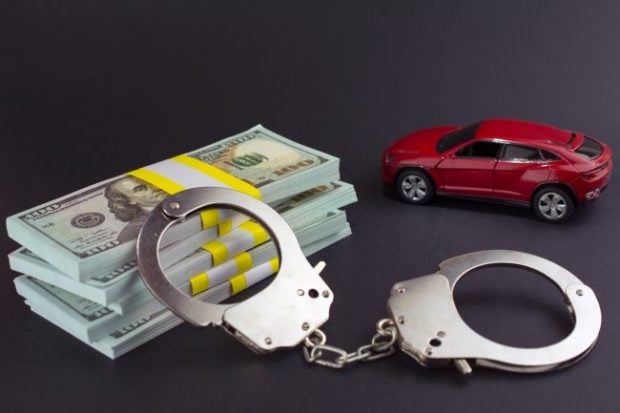The vast majority of people say they want financial institutions, payment systems and online stores to ensure that hackers can't get into their bank accounts, and when hackers do get in, 40% expect financial institutions to reimburse them without question, according to new research from the Woburn, Mass.-based IT firm Kaspersky Lab and marketing research company B2B International.
The study, published this month, was done via an online survey of 11,135 people in 23 countries from May to June 2014. It found, among other things, that online threats to personal finances are common – 43% of the respondents reported encountering them in the previous year, and about one in every 20 respondents had some money stolen from them.
But perhaps more notable is that 75% of respondents said financial institutions, payment systems and online stores bear some responsibility for ensuring their financial transactions stay secure. In fact, 20% placed full responsibility on their financial institution; only 15% of respondents said that they themselves should be responsible.
Recommended For You
It's become commonplace to conduct financial transactions online – 80% of respondents making online payments reported doing so via a web browser in the last year, the study said; 25% used a mobile device to do so. About 36% said they use an official mobile application offered by a financial provider. At the same time, only 18% of respondents believe that these methods are safe enough.
However, consumers are doing little to protect themselves, the study said. Just over half of computers on the OS X operating system and mobile devices on the Android platform had security solutions, less than 80% of computers on OS X and Windows were password protected and only 67% of smartphones and 57% of Android tablets had passwords. Only 38% of respondents said they took precautions when using free public Wi-Fi networks, the study said.
Financial threats are most common for Apple devices (52% on the iPad, 51% on desktop computers, 49% on the MacBook) and Android tablet users (50%), the study said.
And those threats are costing consumers in a major way. Of those who had money stolen, the average theft was $218, though 18% lost more than $1,000, the study said. The biggest losses were in Europe and North America, where the average amount stolen was $314 and $263, respectively. People ages 25 and 34 suffered the biggest losses ($379 on average), and 44% of the victims said they never fully recovered their money (in North America, 28% did), the survey said.
A third of respondents keep financial data, such as bank or payment details and PIN codes, on their devices, but that information apparently isn't the highest priority, Kaspersky found. According to the survey, 50% of users said their media files were most important, 30% said personal files, 25% said work documents and 22% said address books and phone contacts were most important. Banking data came in fifth at 20%.
Nonetheless, concerns about security appear to be affecting which institutions consumers use. About 60% of the respondents said they'd be inclined to choose an online store or financial services provider that takes extra steps to protect their financial data, according to the study, and 42% said they would use a payment method more often if it had a reliable security solution for their device.
© 2025 ALM Global, LLC, All Rights Reserved. Request academic re-use from www.copyright.com. All other uses, submit a request to [email protected]. For more information visit Asset & Logo Licensing.







